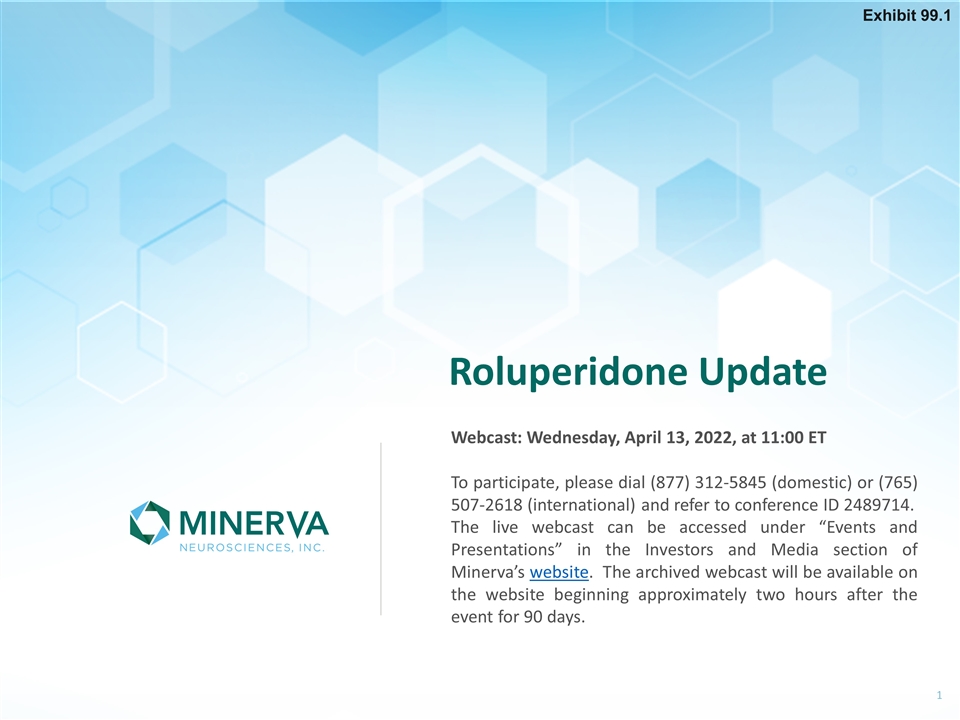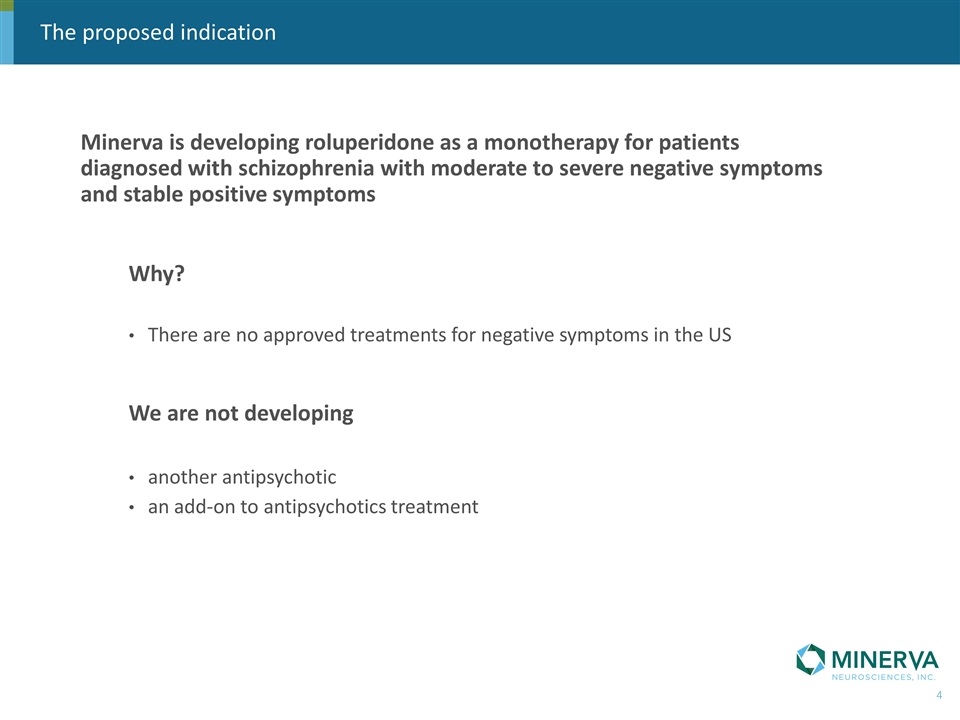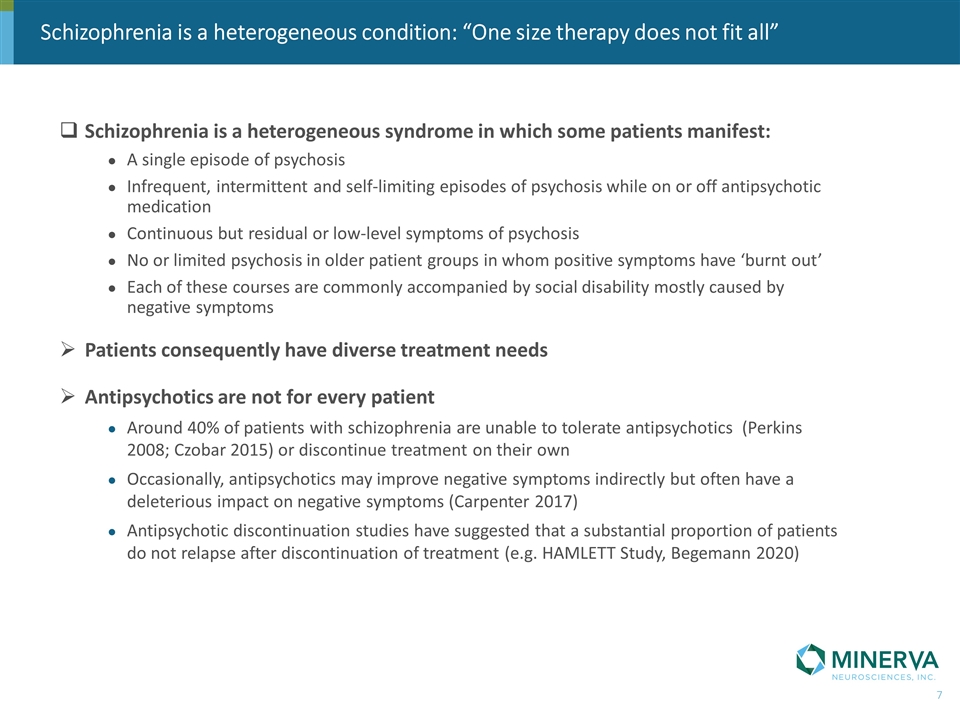UNITED STATES
SECURITIES AND EXCHANGE COMMISSION
Washington, D.C. 20549
FORM
CURRENT REPORT
Pursuant to Section 13 or 15(d)
of the Securities Exchange Act of 1934
Date of Report (Date of earliest event reported):
(Exact name of registrant as specified in its charter)
| (State or other jurisdiction of incorporation) |
(Commission File Number) |
(I.R.S. Employer Identification No.) |
| (Address of principal executive offices) | (Zip Code) |
(Registrant’s telephone number, including area code):
(Former name or former address, if changed since last report)
Check the appropriate box below if the Form 8-K filing is intended to simultaneously satisfy the filing obligation of the registrant under any of the following provisions:
| Written communications pursuant to Rule 425 under the Securities Act (17 CFR 230.425) |
| Soliciting material pursuant to Rule 14a-12 under the Exchange Act (17 CFR 240.14a-12) |
| Pre-commencement communications pursuant to Rule 14d-2(b) under the Exchange Act (17 CFR 240.14d-2(b)) |
| Pre-commencement communications pursuant to Rule 13e-4(c) under the Exchange Act (17 CFR 240.13e-4(c)) |
Securities registered pursuant to Section 12(b) of the Act:
| Title of each class |
Trading Symbol(s) |
Name of each exchange on which registered | ||
Indicate by check mark whether the registrant is an emerging growth company as defined in Rule 405 of the Securities Act of 1933 (§ 230.405 of this chapter) or Rule 12b-2 of the Securities Exchange Act of 1934 (§ 240.12b-2 of this chapter).
Emerging growth company
If an emerging growth company, indicate by check mark if the registrant has elected not to use the extended transition period for complying with any new or revised financial accounting standards provided pursuant to Section 13(a) of the Exchange Act. ☐
| Item 7.01 | Regulation FD Disclosure. |
On April 13, 2022, Minerva Neurosciences, Inc. (the “Company”) hosted an investor webcast presentation providing certain updates on the Company’s product candidate, roluperidone.
A copy of the above-referenced presentation is furnished as Exhibit 99.1 to this Current Report on Form 8-K and is incorporated herein by reference. The information furnished pursuant to Item 7.01 of this Current Report on Form 8-K, including Exhibit 99.1, shall not be deemed “filed” for purposes of Section 18 of the Securities Exchange Act of 1934, as amended, or the Exchange Act, or otherwise subject to the liabilities of that section, and shall not be deemed incorporated by reference into any of the Company’s filings under the Securities Act of 1933, as amended or the Exchange Act, whether made before or after the date hereof, regardless of any general incorporation language in such filing, except as shall be expressly set forth by specific reference in such filing. The furnishing of the information in this Current Report on Form 8-K is not intended to, and does not, constitute a determination or admission by the Company that the information in this Current Report on Form 8-K is material or complete, or that investors should consider this information before making an investment decision with respect to any security of the Company.
| Item 9.01 | Financial Statements and Exhibits |
| (d) | Exhibits |
| Exhibit |
Description | |
| 99.1 | Presentation of Minerva Neurosciences, Inc. dated April 13, 2022. | |
| 104 | Cover Page Interactive Data File (embedded within the Inline XBRL document). | |
SIGNATURE
Pursuant to the requirements of the Securities Exchange Act of 1934, the Registrant has duly caused this report to be signed on its behalf by the undersigned hereunto duly authorized.
| MINERVA NEUROSCIENCES, INC. | ||
| By: | /s/ Geoffrey Race | |
| Name: | Geoffrey Race | |
| Title: | President | |
Date: April 13, 2022

Roluperidone Update Webcast: Wednesday, April 13, 2022, at 11:00 ET To participate, please dial (877) 312-5845 (domestic) or (765) 507-2618 (international) and refer to conference ID 2489714. The live webcast can be accessed under “Events and Presentations” in the Investors and Media section of Minerva’s website. The archived webcast will be available on the website beginning approximately two hours after the event for 90 days. Exhibit 99.1

Disclaimer This presentation contains forward-looking statements which are subject to the safe harbor provisions of the Private Securities Litigation Reform Act of 1995, as amended. Forward-looking statements are statements that are not historical facts, reflect management’s expectations as of the date of this presentation, and involve certain risks and uncertainties. These statements may be identified by words such as “aims,” “anticipates,” “believes,” “could,” “estimates,” “expects,” “forecasts,” “goal,” “intends,” “may,” “plans,” “possible,” “potential,” “seeks,” “will” and variations of these words or similar expressions that are intended to identify forward-looking statements, although not all forward-looking statements contain these words. Forward-looking statements in this presentation include, but are not limited to, statements with respect to the clinical development of roluperidone as monotherapy for the treatment of negative symptoms of schizophrenia; the potential benefits of roluperidone as monotherapy for the treatment of negative symptoms of schizophrenia or any other indication; the adequacy and efficacy of our clinical trials and studies with roluperidone, and the sufficiency of the data from such trials and studies to support marketing application; our interpretation of the feedback from the U.S. Food and Drug Administration (FDA); the anticipated timing of New Drug Application (NDA) submission; the timing and outcomes of future interactions with U.S. and foreign regulatory bodies, including the FDA; and management’s ability to successfully achieve its goals. These forward-looking statements are based on our current expectations and may differ materially from actual results due to a variety of factors including, without limitation, whether we will be able to successfully address the FDA’s concerns discussed herein and whether our future interactions with the FDA will have satisfactory outcomes; whether the FDA will support and accept an NDA submission for roluperidone; whether and when, if at all, our NDA for roluperidone, if successfully submitted, will be approved by the FDA; whether roluperidone will be successfully marketed if approved; management’s ability to successfully achieve its goals; our ability to raise additional capital to fund our operations on terms acceptable to us; and general economic conditions. Other factors that may cause our actual results to differ from those expressed or implied in the forward-looking statements in this presentation are identified under the caption “Risk Factors” in our filings with the Securities and Exchange Commission, including our Annual Report on Form 10-K for the year ended December 31, 2021, filed with the Securities and Exchange Commission on March 1, 2022. Copies of reports filed with the SEC are posted on our website at www.minervaneurosciences.com. The forward-looking statements in this presentation are based on information available to us as of the date hereof, and we expressly disclaim any obligation to update any forward-looking statements, except as required by law. This presentation also contains estimates and other statistical data made by independent parties and by us relating to market size and other data about our industry. This data involves a number of assumptions and limitations, and you are cautioned not to give undue weight to such estimates. Neither we nor any other person makes any representation as to the accuracy or completeness of such data or undertakes any obligation to update such data after the date of this presentation. In addition, projections, assumptions and estimates of our future performance and the future performance of the markets in which we operate are necessarily subject to a high degree of uncertainty and risk.

Participants Philip D. Harvey, PhD Dr Harvey is Leonard M. Miller Professor of Psychiatry and director of the Division of Psychology at the University of Miami Miller School of Medicine, as well as a senior Research health Scientist at the Department of Veterans Affairs. He is the author of over 1,000 scientific papers and abstracts and he has written over 60 book chapters. He is a widely cited author who was repeatedly designated by Thompson-Reuters as the being in the top 1% of all researchers in mental health in citations each year since 2010. He has received continuous funding from the US National Institute of Health since 1984. He is the Principal Investigator of the largest in-person study to date of cognition and functioning in severe mental illness, with a focus on the genomics of cognition and disability, which was funded by a $35 million dollar grant from the Department of Veterans Affairs. Remy Luthringer, PhD Executive Chairman & CEO Geoff RacePresident

The proposed indication Minerva is developing roluperidone as a monotherapy for patients diagnosed with schizophrenia with moderate to severe negative symptoms and stable positive symptoms Why? There are no approved treatments for negative symptoms in the US We are not developing another antipsychotic an add-on to antipsychotics treatment

Summary of outcomes from Type C meeting held March 2nd 2022 Topics discussed during the meeting: Can Minerva reliably identify patients who may benefit from roluperidone as monotherapy? Does roluperidone interfere with the safety and efficacy of antipsychotics when used to treat recurrence of positive symptoms? Topics discussed which Minerva believes are matters of review following NDA submission: Applicability of the results of the Phase 2b (conducted in Europe) to the US population Analyses of the primary endpoint results of the Phase 3 study Topics agreed without further discussion: Pivotal Bioequivalence study adequate but remains a matter of review Agreed Initial Pediatric Plan (iPSP) dated November 28th 2017 remains in force

Identification of patients with negative symptoms who may benefit from roluperidone in monotherapy

Schizophrenia is a heterogeneous condition: “One size therapy does not fit all” Schizophrenia is a heterogeneous syndrome in which some patients manifest: A single episode of psychosis Infrequent, intermittent and self-limiting episodes of psychosis while on or off antipsychotic medication Continuous but residual or low-level symptoms of psychosis No or limited psychosis in older patient groups in whom positive symptoms have ‘burnt out’ Each of these courses are commonly accompanied by social disability mostly caused by negative symptoms Patients consequently have diverse treatment needs Antipsychotics are not for every patient Around 40% of patients with schizophrenia are unable to tolerate antipsychotics (Perkins 2008; Czobar 2015) or discontinue treatment on their own Occasionally, antipsychotics may improve negative symptoms indirectly but often have a deleterious impact on negative symptoms (Carpenter 2017) Antipsychotic discontinuation studies have suggested that a substantial proportion of patients do not relapse after discontinuation of treatment (e.g. HAMLETT Study, Begemann 2020)

Can Minerva reliably identify patients who do not need antipsychotics? In the Phase 2b and Phase 3 studies Minerva enrolled participants from a subgroup of patients with moderate to severe negative symptoms of schizophrenia who: Are readily identifiable by clinicians Have been identified and enrolled by other sponsors and investigators in academia in their clinical trials (e.g. PDE10 inhibitors) Have been studied in detail for 30 years and conceptualized as having primary negative symptoms (e.g. Kirkpatrick 2021) Can be clearly characterized in a prescribing label

This patient sub group improved in all key efficacy parameters: Phase 3 Double-Blind & Open-Label Extension – Study Baseline PANSS MARDER Negative Score (NSFS) (Primary Endpoint) PSP Total Score (Key secondary endpoint) PANSS Positive Symptoms Score PANSS Total Score

Relapse* rate in the Phase 3 Double-Blind Phase and Open-Label Extension * Relapse is defined as worsening of schizophrenia symptoms that lead to permanent discontinuation from the study Study Phase Placebo (N=172) MIN-101 32 mg (N=170) MIN-101 64 mg (N=171) Double-Blind # of Patients 8 (4.7%) 18 (10.6%) 9 (5.3%) Double-Blind Mean±SEM Days to Relapse 79.8±0.91 68.5±1.35 80.2±1.13 Open-Label Treatment MIN-101 32 mg (N=59) MIN-101 64 mg (N=63) MIN-101 32 mg (N=107) MIN-101 64 mg (N=104) Open-Label # of Patients 6 (10.2%) 0 (0%) 9 (8.4%) 10 (9.6%) Mean±SEM Days to Relapse 253.6±6.98 - 232.4±4.86 186.7±3.67 Over the total study period (one year duration) the overall relapse rate was 11.7% which is lower than the approx. 25%1 relapse rate in trials randomized to antipsychotics for the same period of time Does roluperidone improve negative symptoms at the expense of increased relapse? Reference 1. Arato et al, 2002; Leucht et al 2012; Durgan et al 2016.

SZ=schizophrenia. 1.Wu et al. Psychol Medicine. 2006; 2. Millier et al. J Market Acc Health Policy. 2017; 3.Haro et al. Schizophr Research. 2015; 4. Nordstroem et al. J Social Psychiatry. 2017 15%2,3 weighted-average 6-month relapse rate among patients with varying severity of negative symptoms 69% of patients have negative symptoms: ≈42%2,3 predominant/ prominent symptoms; ≈27%4 mild symptoms Prevalence of US adults with schizophrenia in treatment/yr: 0.53%1 Schizophrenia.com: 2.2 million patients in US Phase 3 enrolled population is representative of ~780,000 patients in the US Significant unmet medical need: large patient group and currently no approved treatments Around 69% of patients diagnosed with schizophrenia and treated have negative symptoms Stable positive symptom patients (85%): ~0.78 million US adults Estimated prevalence of SZ (0.88%) 2.2 million US adults Treatment prevalence of SZ (0.53%) 1.3 million US adults Negative symptoms (69%) 0.9 million US adults

Does treatment with roluperidone interfere with the safety and efficacy of antipsychotics?

Prospective labeling is intended to specifically exclude adjunctive treatment with antipsychotics Roluperidone is anticipated to be prescribed only for patients who: Manifest significant negative symptoms (anhedonia, amotivation, or asociality) Absent or minimal agitation No substance use disorder Stable positive symptoms Concurrent use of roluperidone and an antipsychotic has not been evaluated. It is anticipated that if a patient using roluperidone has a clinically significant exacerbation of positive psychotic symptoms, or symptoms suspected to predict impending relapse, the prescriber should: Stop roluperidone Prescribe antipsychotic treatment Continue antipsychotic treatment until remission or amelioration of positive symptoms Resumption of treatment with roluperidone should be considered upon symptoms stabilization

Did roluperidone interfere with the efficacy of antipsychotics in Minerva’s studies? Table 1: Median Time (Days) to Symptom Resolution by Treatment Group (Phase 2b and Phase 3) after Study Drug is Withdrawn and Patients are Treated with Antipsychotics Double-Blind Phase Parameter Placebo Roluperidone 32 mg Roluperidone 64 mg No. of patients reporting SAEs 6 13 5 Median Days to Resolution 23 16 18 Table 1 (additional data submitted to the FDA post Type C meeting): Number of patients reporting schizophrenia symptoms worsening and the median time (in days) to recovery/resolution. During the double-blind phase of the combined 2 trials, the median times to recovery in subjects on placebo, roluperidone 32 mg, and roluperidone 64 mg were 23 days, 16 days, and 18 days, respectively. Conclusion: In summary, the median time to resolution of symptom worsening was comparable irrespective of the treatment received during the double-blind phase of the 2 studies. The time range of symptoms improvement by antipsychotics reported above is consistent with the range reported in the literature (Agid et al 2004). These data demonstrate that the efficacy of antipsychotics was not diminished or impacted by exposure to roluperidone.

Potential Route to NDA

Minerva’s plans for 2022 Finalization of the roluperidone NDA package is estimated to be complete summer 2022, including further analyses to support topics discussed with FDA; Demonstrate that patients who would benefit from roluperidone can be reliably identified and described Discuss a clear label to assist prescribers to define the patient sub-group Discuss a treatment regimen in order to identify and manage recurrence of positive symptoms Provide data showing roluperidone does not interfere with the safety and efficacy of antipsychotics in a rescue setting

Q&A
